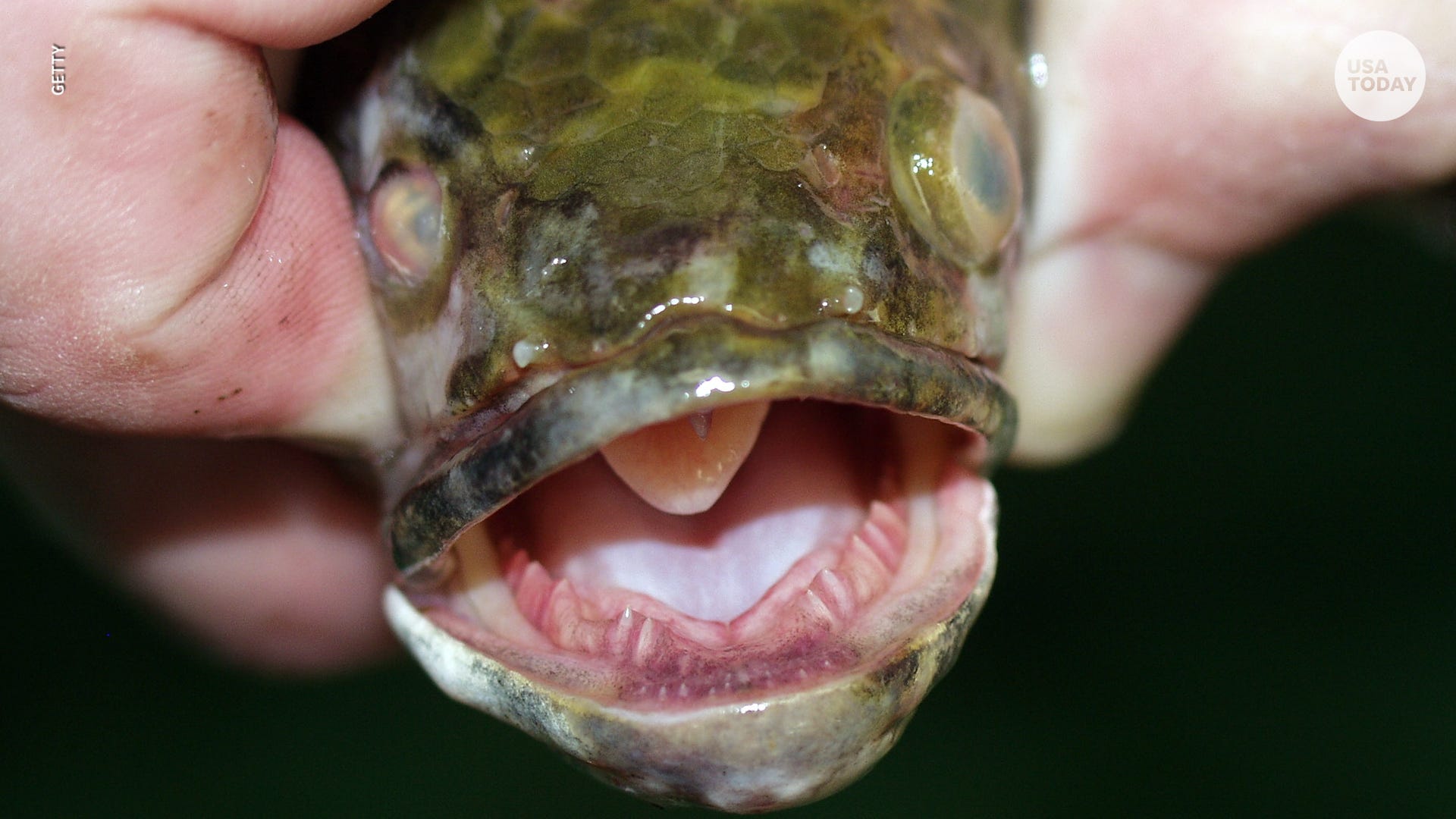
Fishermen called to “kill” invasive snake fish that survive on land
The Wildlife Division in Georgia from the Natural Resources Division confirmed that someone has found a northern snake Georgia.
USA Today
- The introduction of Chesapeake Channa into the drainage of the Blackwater River has led to a decline in the relative abundance of 19 out of 22 local fish.
- The arrival of Chesapeake Channa changed the structure of the fish community, such as white perch, brown bichade and black crap, is the dominant species before they are introduced, and ordinary carp, Gizzard Shad and white perch dominate after.
- The study suggests that the predation of Chesapik Chanus, not changes in water quality, is the main engine behind the observed changes in the composition of the fish community.
Chesapiq Chamba’s adults were first documented in Maryland, thousands of miles away from their local habitat in East Asia in 2002. Subsequent illegal introductions and natural dispersal in the decades after arriving in Maryland expanded the scope of species. A new study by the Maryland Natural Resources Department confirms the negative impact that this invasive species has on other fish and the ecosystem.
Comparison of fish communities in the Blackwater drainage near Cambridge before and after the introduction of an unchanged CHESAPIC, also known as the Northern Nice After the introduction.
The biologist of the Department of Natural Resources Dr. Joe Lav and co-authors Joshua J. Newhard and Megan Walker published their discoveries in the early edition of the magazine for fish and wildlife management in November 2024.
Chesapeake channa “opportunistic, predatory” species in Maryland
Following her arrival, Chesapij Chana colonizes an average of three new submarines on Chesapik Bay annually, according to a 2018 study by Love and Newhard.
“We know that this is an opportunistic, a predatory species that could affect local fishery populations, but before that study whether their predation has changed the composition of water communities is unknown,” Lav said.
A factor that helps them effectively identify populations is reproduction. A recent LOVE study found that these fish could release tens of thousands of eggs and could spawn more than once a year.
The authors acknowledged the possibility of comparing fishery communities in the drainage of the Black House before and after the introduction of the predator, as a Pisces inventory in the area is held in the area. Chesapeake Channa was first reported in Blackwater in 2012, and today it is a popular fishing area for recreation for them, with a well -known trade harvest.
In 2018 and 2019, biologists took samples of six sites using the same methods as the Fisheries Community studies carried out in Blackwater in 2007 and 2008 to learn whether the number of species or share of these species changed S They conducted additional studies between 2021 and 2023 to justify their discoveries.
CHANCEPIC CHA shakes the abundance of species in Maryland
Prior to the introduction of Chesapeake Channa, the three most common species, in order, were white perch, brown Bill and black crap. Six years later, the three most common species were plain carp, dumbbell pattern and then white perch. While most of the types of experienced downturns, biologists note that the biggest reduction is in the popular prey for Chesapik Chana like black crap, white perch, blue gown and pumpkin seed.
The authors find that changes in water quality cannot explain the changes observed in the fish community. Instead, predation or shift probably explained the observed changes.
Invasive species management costs more than $ 100 billion a year. In Maryland, water wild animals such as blue crabs and striped bass play important roles in the economy and culture, and invasive species can affect these industries and local ecosystems.
Other studies have shown that once invasive fish have been detected, they cause a widespread decrease in biomass. This study examines changes in a waterway where Chesapik Chana is thriving, but the effects may not be the same everywhere. The impacts of invasive species depend on its abundance and ecosystem, both significantly different in the rivers and lakes of the waterfall of the Bay of Chesapike.
Sport fishing and commercial collection of invasive fish have become popular in Maryland and help the state manage the population. Chesapeake Channa and Blue Catfish taste soft and have a firm texture, making them great fish to eat.
Chesapkeake Channa is available on the menus and on local seafood markets seasonally in spring and summer. There is no season or limit for collecting Chesapeake Channa, and Maryland DNR has many resources available on its fishermen website who are interested in learning more.
